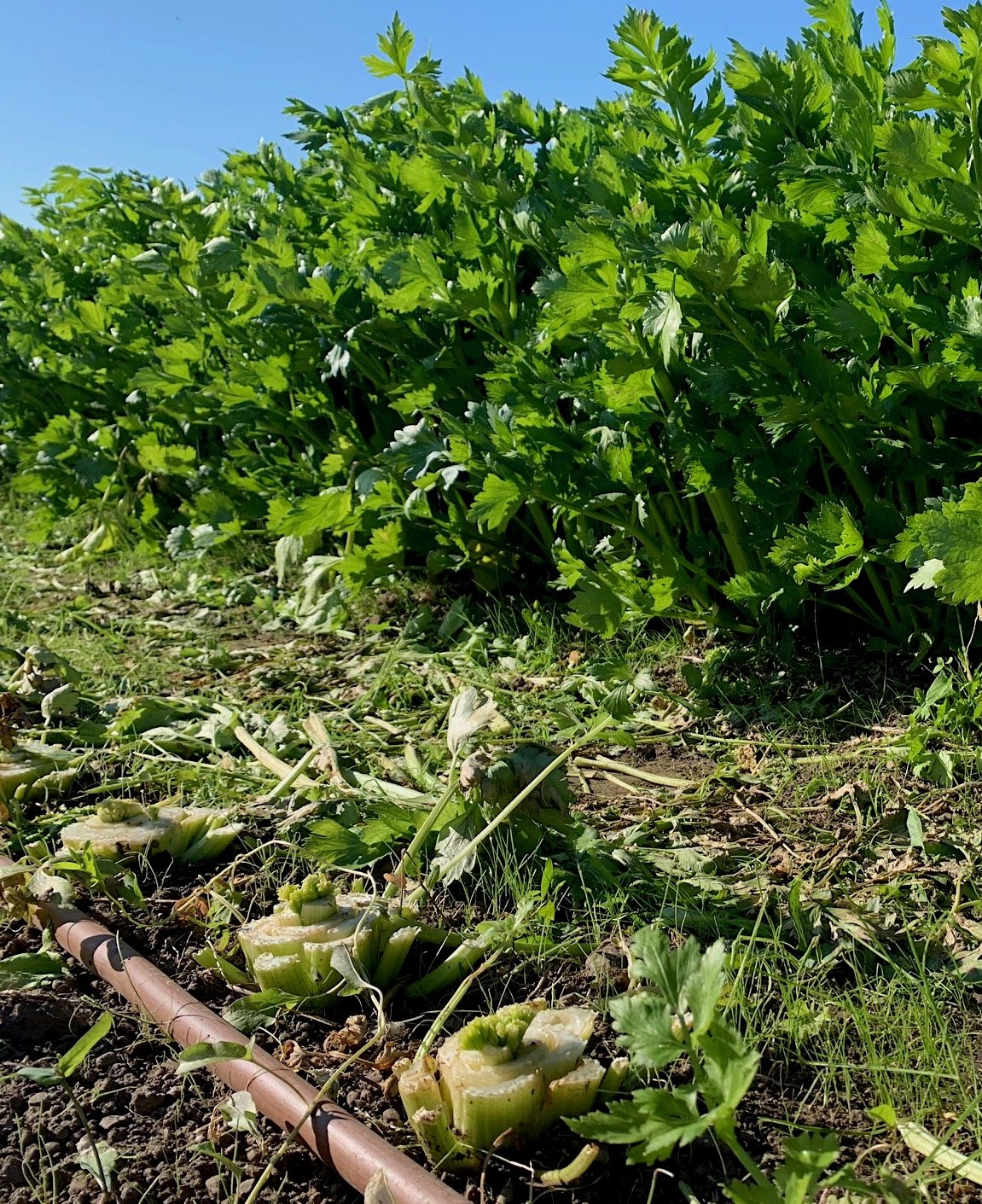As the vegetable growing areas shrink, my weekend walks can now expand back to the pasture. I enjoy trekking out to different trees and landmarks, saying hello to old friends. Even though, it has been warm and dry, there was still a trickle of movement in the drainage on the hillside. The ground still has plenty of moisture and I relish being able to walk through the soft, soaking wet grass. In some places, the grass has already grown a foot!
Now that the rains have returned, I find myself constantly looking down, trying to identify which plants are germinating and thriving. I wish I knew more of the plants by sight and try to learn more each year. So far I have noticed more clover and vetch in the pasture, plus the grass of course! In the cover crop, the phacelia that dominated last year is not as strong. It did not enjoy the October deluge. Instead, the grass is the star this year. In some places, it is hard to tell where the field ends and the pasture starts. I am grateful for the grass and that the soil is covered, but I also know that it will make spring planting more difficult!
This Week’s Pick List:
Eggs
Takrima Leeks
Evergreen Hardy Scallions
Matador Shallots, Ailsa Craig Sweet, and Monastrell Red Onions
Tetsukabota, Butternut, Gil’s Golden and Tuffy Acorn, Candystick and Zeppelin Delicata, Orangetti and Spaghetti Winter Squash
Winter Luxury Pumpkins
Yellow Finn, Red, Harvest Moon, and La Ratte Fingerling Potatoes
Yaya Carrots
Rhonda Beets
Mars Celeriac
Hablange Parsnips
Purple Top Turnips
Bora King Purple Daikon and Watermelon Radish
Kossack Kohlrabi
Gypsy Broccoli and/or Janvel Cauliflower (Last week)
Ruby King Red, Taiwan Flat and Murdoc Green Cabbage (Lots!!!!)
Calypso Celery
Joi Choi
Salanova Lettuce Mix
Regiment Spinach
Ruby Red Chard
Nettuno Sugarloaf, Leonardo Radicchio, Adige Medio Chioggia, Coral Escarole (All Chicories)
Cilantro
Filigreen Farm Apples for sale!
Saltonstall Olive Oil (Please bring your own jars!)
Revolution Bread (Friday only!)
Cast-Iron Squash Pudding, from saveur.com
1 lb. butternut squash, peeled and cut into 1-in. chunks
3 cups whole milk
One 1-lb. delicata squash
1⁄2 cup granulated sugar
2¼ cups flour
2 tsp. baking powder
¾ tsp. kosher salt
½ tsp. ground ginger
¼ tsp. ground nutmeg
4 tbsp. unsalted butter, softened, plus more for greasing
½ cups turbinado sugar
½ cups maple syrup, preferably grade B
3 large eggs
3 tbsp. apple cider
To a 10-inch cast-iron skillet set over medium-high heat, add the butternut squash and milk. When the liquid begins to boil, turn the heat to medium-low and cook until soft, about 10 minutes. Drain the squash (discard the milk), then whisk it into a purée. Scrape the purée into a small bowl and set aside. Clean the skillet and return it to the stove.
Wash the delicata squash, cut it in half lengthwise, and discard the seeds, then slice it into ½-inch half-moons. To the empty skillet, add the sugar and ½ cup of water. Turn the heat to medium-high and cook, stirring occasionally, until the mixture begins to boil and is starting to brown, about 6 minutes. Stir in ¼ cup of water (the mixture will bubble vigorously), then arrange the delicata squash atop the caramel in one tight layer (reserve any pieces that don’t fit for another use). Cook the squash in the caramel, turning once and adding water by the ¼ cup if the pan looks dry, until tender and browned on both sides, 16–20 minutes. Lightly press the squash into a single layer, grease the sides of the pan with butter, and set aside.
Position a rack in the center of the oven and preheat to 350°F. Into a medium bowl, sift the flour, baking powder, salt, ginger, and nutmeg, and whisk to combine. In the bowl of a mixer fitted with the paddle attachment, beat the butter and turbinado sugar on medium-high until combined, about 1 minute. Beat in the maple syrup, followed by the eggs one by one, scraping down the bowl after each addition. Beat in the cider and squash purée, then add the flour mixture and beat on low speed until just combined.
Pour the batter over the squash, spreading it to the edge of the skillet. Bake until deep golden and a toothpick inserted in the center comes out clean, 40–45 minutes. Run the tip of a knife around the rim of the skillet, then carefully invert the pudding onto a large plate. Serve warm or at room temperature.



